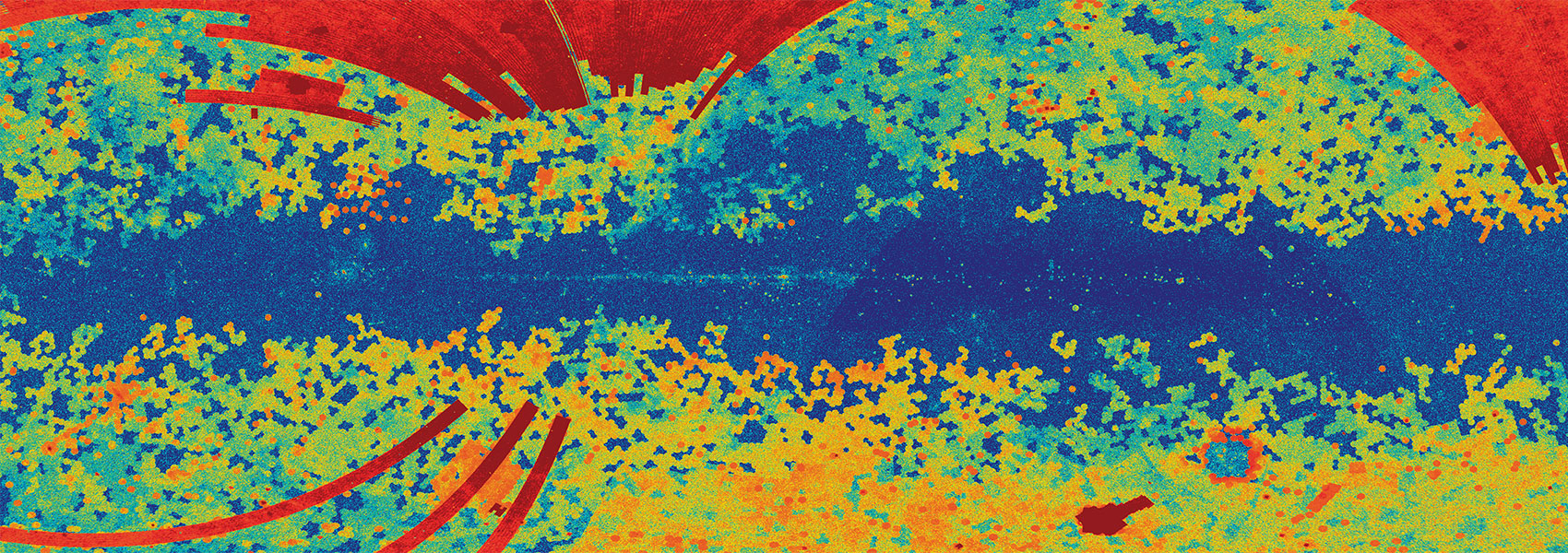January
2024
•
2024ApJ...960...29P
Authors
•
Pearson, Jeniveve
•
Sand, David J.
•
Lundqvist, Peter
•
Galbany, Lluís
•
Andrews, Jennifer E.
•
Bostroem, K. Azalee
•
Dong, Yize
•
Hoang, Emily
•
Hosseinzadeh, Griffin
•
Janzen, Daryl
•
Jencson, Jacob E.
•
Lundquist, Michael J.
•
Mehta, Darshana
•
Meza Retamal, Nicolás
•
Shrestha, Manisha
•
Valenti, Stefano
•
Wyatt, Samuel
•
Anderson, Joseph P.
•
Ashall, Chris
•
Auchettl, Katie
•
Baron, Eddie
•
Blondin, Stéphane
•
Burns, Christopher R.
•
Cai, Yongzhi
•
Chen, Ting-Wan
•
Chomiuk, Laura
•
Coulter, David A.
•
Cross, Dane
•
Davis, Kyle W.
•
de Jaeger, Thomas
•
DerKacy, James M.
•
Desai, Dhvanil D.
•
Dimitriadis, Georgios
•
Do, Aaron
•
Farah, Joseph R.
•
Foley, Ryan J.
•
Gromadzki, Mariusz
•
Gutiérrez, Claudia P.
•
Haislip, Joshua
•
González Hernández, Jonay I.
•
Hinkle, Jason T.
•
Hoogendam, Willem B.
•
Howell, D. Andrew
•
Hoeflich, Peter
•
Hsiao, Eric
•
Huber, Mark E.
•
Jha, Saurabh W.
•
Jiménez Palau, Cristina
•
Kilpatrick, Charles D.
•
Kouprianov, Vladimir
•
Kumar, Sahana
•
Kwok, Lindsey A.
•
Larison, Conor
•
LeBaron, Natalie
•
Le Saux, Xavier
•
Lu, Jing
•
McCully, Curtis
•
Mera Evans, Tycho
•
Milne, Peter
•
Modjaz, Maryam
•
Morrell, Nidia
•
Müller-Bravo, Tomás E.
•
Newsome, Megan
•
Nicholl, Matt
•
Padilla Gonzalez, Estefania
•
Payne, Anna V.
•
Pellegrino, Craig
•
Phan, Kim
•
Pineda-García, Jonathan
•
Piro, Anthony L.
•
Piscarreta, Lara
•
Polin, Abigail
•
Reichart, Daniel E.
•
Rojas-Bravo, César
•
Ryder, Stuart D.
•
Salmaso, Irene
•
Schwab, Michaela
•
Shahbandeh, Melissa
•
Shappee, Benjamin J.
•
Siebert, Matthew R.
•
Smith, Nathan
•
Strader, Jay
•
Taggart, Kirsty
•
Terreran, Giacomo
•
Tinyanont, Samaporn
•
Tucker, M. A.
•
Valerin, Giorgio
•
Young, D. R.
Abstract
•
We present optical, infrared, ultraviolet, and radio observations of SN 2022xkq, an underluminous fast-declining Type Ia supernova (SN Ia) in NGC 1784 (D ≈ 31 Mpc), from <1 to 180 days after explosion. The high-cadence observations of SN 2022xkq, a photometrically transitional and spectroscopically 91bg-like SN Ia, cover the first days and weeks following explosion, which are critical to distinguishing between explosion scenarios. The early light curve of SN 2022xkq has a red early color and exhibits a flux excess that is more prominent in redder bands; this is the first time such a feature has been seen in a transitional/91bg-like SN Ia. We also present 92 optical and 19 near-infrared (NIR) spectra, beginning 0.4 days after explosion in the optical and 2.6 days after explosion in the NIR. SN 2022xkq exhibits a long-lived C I 1.0693 μm feature that persists until 5 days post-maximum. We also detect C II λ6580 in the pre-maximum optical spectra. These lines are evidence for unburnt carbon that is difficult to reconcile with the double detonation of a sub-Chandrasekhar mass white dwarf. No existing explosion model can fully explain the photometric and spectroscopic data set of SN 2022xkq, but the considerable breadth of the observations is ideal for furthering our understanding of the processes that produce faint SNe Ia.
Links



